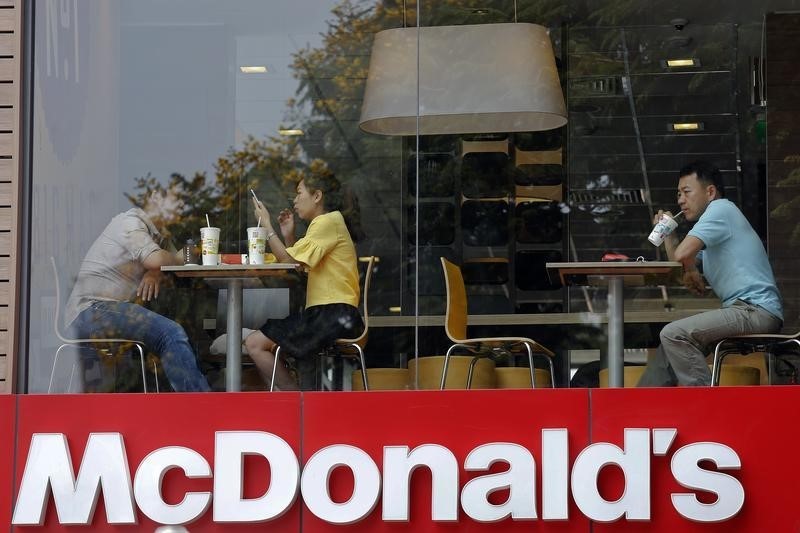This post was originally published on this site
https://i-invdn-com.investing.com/trkd-images/LYNXMPEJ4U092_L.jpg
MOSCOW (Reuters) – Russian designers and brands are helping the retail sector gradually recover from a turbulent 15 months of store closures and slumping demand, with new labels plugging the gap left by foreign rivals and shoppers tentatively returning.
Hundreds of foreign retailers shut up shop in response to Russia despatching troops to Ukraine in February 2022, leaving some of Moscow’s most prestigious streets with boarded up stores and the industry reeling from a roughly $2.5 billion hit.
Spain’s Inditex (BME:ITX) has sold some of its more than 500 Russian stores to a UAE-based buyer. Its flagship Zara store in central Moscow, which sat idle for over a year, last month reopened under new management and a new brand, MAAG, leaving customers largely satisfied.
“It looks like nothing has changed since you-know-who was here,” Moscow resident Anton told Reuters outside the store.
Fellow Muscovite Antonina said: “I did not find any differences apart from the variety of choice. There’s less of everything at the moment.”
MONEY TALKING
Retail sales, a key gauge of consumer demand, slumped in 2022, hit by soaring inflation and falling wages, while the Western exodus contributed to heavy industry losses, said Oleg Klimov, the president of Russia’s Council of Shopping Centres, with logistics and payment concerns taking months to resolve.
“People in general just did not understand what was going on,” he told Reuters. “They did not want to spend money. The losses were about 200 billion roubles ($2.47 billion).
“But it is recovering now,” he added. “Money always eventually changes hands.”
Russians’ access to Western products, such as McDonald’s (NYSE:MCD) burgers and Levi’s (NYSE:LEVI) jeans – symbols of the kind of freedom capitalism could offer as the Soviet Union collapsed – is waning.
Gloria Jeans, once a re-seller of Levi’s jeans, has taken over Swedish retailer H&M’s central Moscow store.
And the West’s shunning of Russia, along with export bans and punitive sanctions, complicates trading routes.
“The biggest problem is international transactions,” said Ksenia Zhdanova, who runs her own KSEW clothing brand and is commercial director for online Russian designer wear marketplace Richmill.
“Our industry is extremely dependent on import.”
Another problem is the shortage of staff, Zhdanova said, citing a lack of seamstresses and professionals in textiles that she believed only government-led initiatives could resolve.
Russians have developed solutions with small-scale imports and online sellers helping to keep foreign brands alive, but some things remain difficult to find.
Shopper Irina Nikulina said she did not miss foreign brands too much, except when needing something simple, like a reasonably priced white t-shirt.
Tatiana Vakhonina said she missed Swedish furniture giant IKEA and Zara the most.
“We go to Kazakhstan for shopping now,” she said. “But some things cannot you buy at all anymore.”
($1 = 80.8200 roubles)

